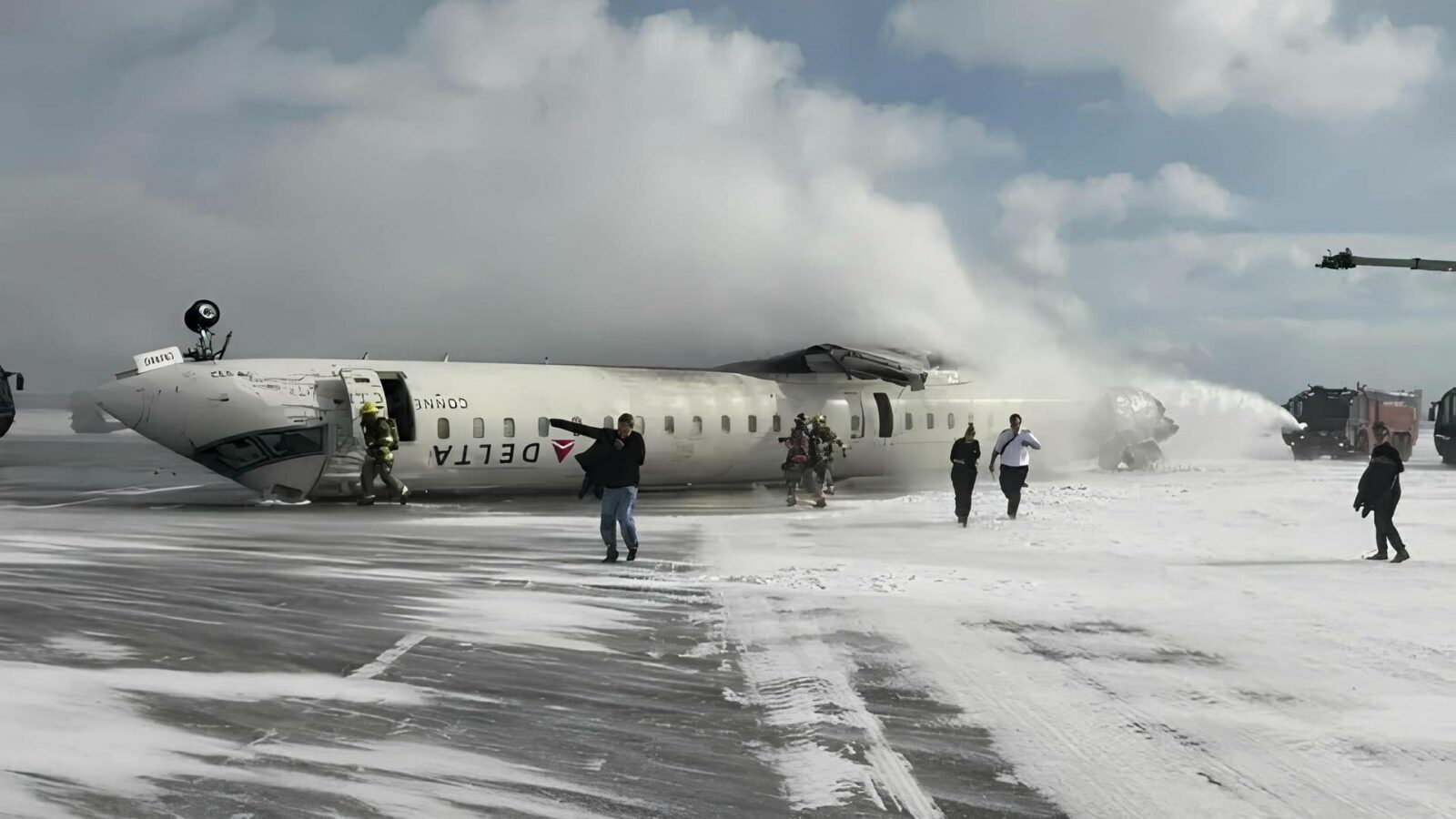An aircraft began to accelerate for takeoff behind another, whose crew decided to reject their takeoff. The second jet also rejected safely.
This rather curious incident happened on the 7th of March 2020 – before the pandemic’s effects took hold in Canada. It involved two Air Canada aircraft. The first was an Embraer E190, whose crew would perform flight AC-1037, departing from Toronto Pearson International (CYYZ) in Canada. Its destination was Denver International (KDEN) in the United States.
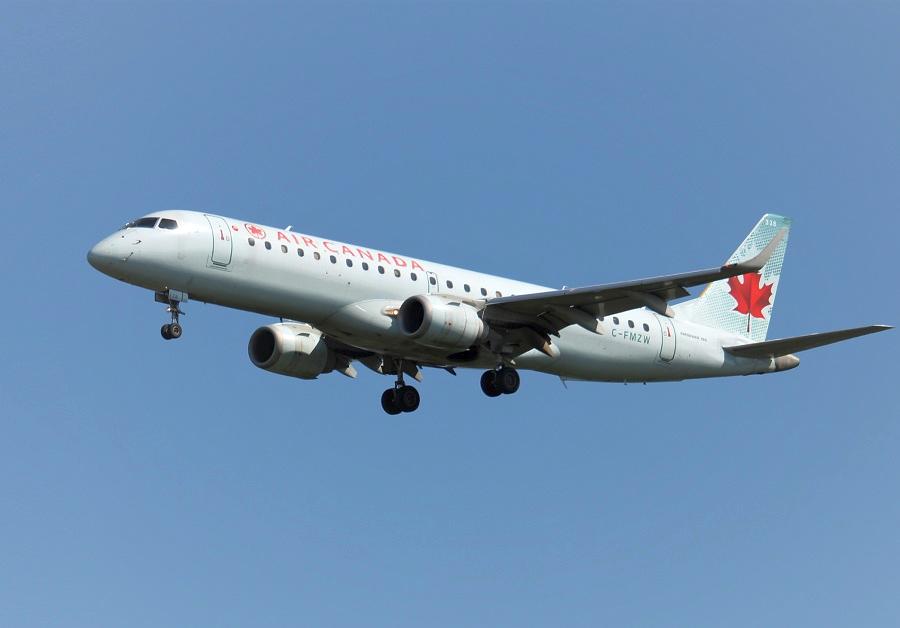
The other aircraft whose crew had to reject their takeoff was a Boeing 777. This was flight AC-606, a short hop (for a 777) from Toronto to Halifax Stanfield International (CYHZ) in Nova Scotia. The Embraer had 87 people on board, while there were 359 people in the much larger Boeing. This incident took place after 09:48 local time, with weather and visibility not being a factor.
First Crew Has To Reject Takeoff
The controller at the tower first cleared the crew of the Embraer for take-off, on runway 06L. Shortly afterwards, the same controller told the crew of the Boeing 777 to line up and wait. But then he proceeded to clear the 777 for takeoff, before seeing the Embraer rotate and lift off. The investigation would later show that the controller, who was experienced, was satisfied that the Embraer had reached its V1 and would rotate.
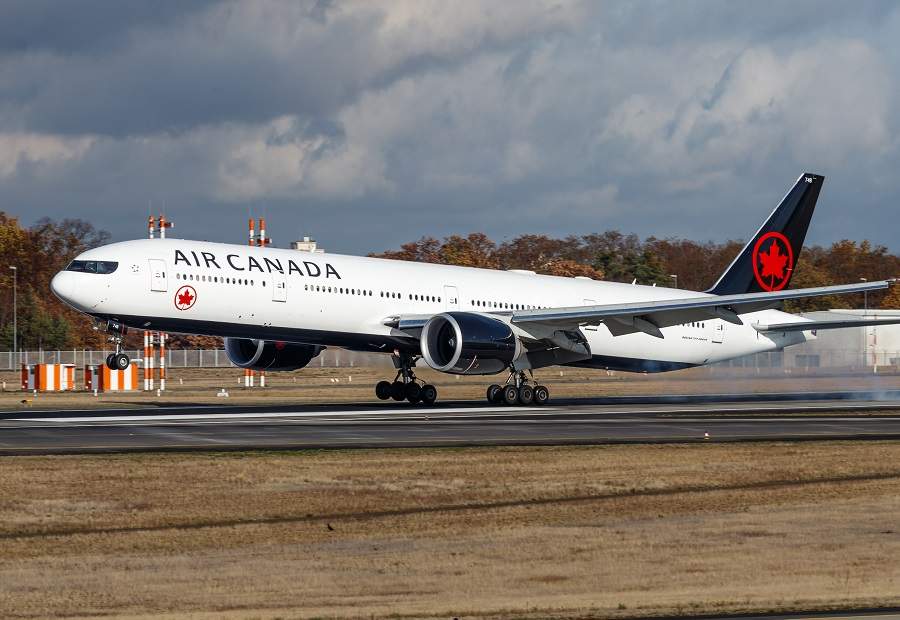
This wasn’t the case. The crew of the Embraer decided to reject their takeoff, after hitting a bird. Both pilots saw the bird go by the fuselage, before hearing an impact. Worried that parts of the bird could enter an engine, they decided to reject their takeoff at 139 KIAS. V1 for this flight was 146 KIAS.
Meanwhile, the pilots in the 777 were reading back their takeoff clearance. This is when the crew in the Embraer radioed the tower, to say that they had to reject their takeoff. Unfortunately, the two aircraft made their transmissions at the same time. The 777 did not hear the Embraer. And the controller at the tower only heard the 777.

As the 777 began to accelerate, the controller instructed a third aircraft (a Dash-8) to line up and wait on 06L. Then the controller turned his attention to arrivals on runway 05. Eventually, the crew in the 777 saw the aircraft in front of them. At that point, the Embraer was moving slowly, and the distance between the two jets was 5,000 feet (1,525 metres) and dropping fast.
How Did It Happen?
The 777 crew had reached 127 KIAS when they rejected their takeoff. They would get to 133 KIAS before their aircraft started decelerating. The crew of the Boeing managed to stop well clear of the Embraer. They then informed the tower who acknowledged their transmission. But the controller still hadn’t noticed the Embraer that also had to reject its takeoff! Both aircraft eventually returned to the apron. The crew of the 777 first had to wait for their brakes to cool off.
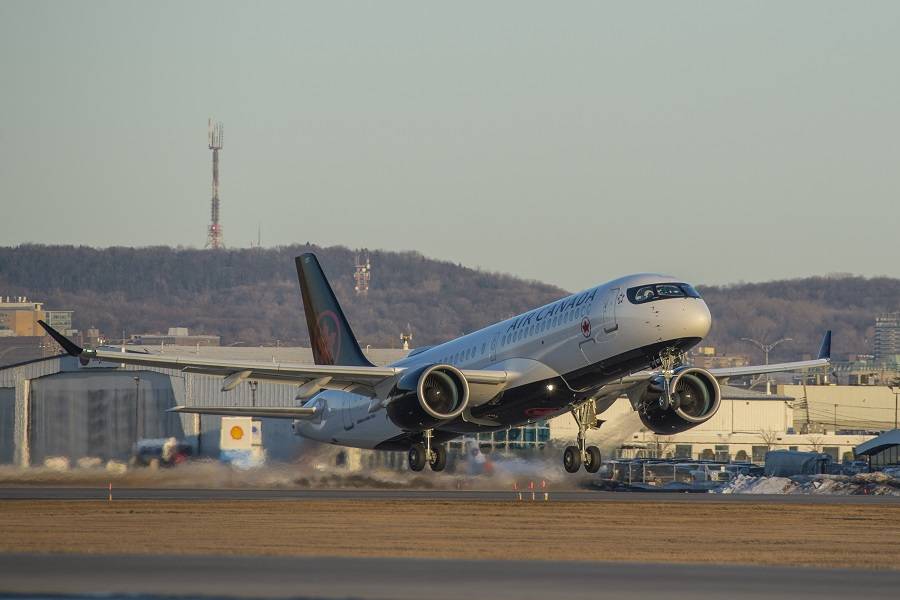
The Transportation Safety Board (TSB) of Canada released its report on this incident on the 14th of June. It analysed the workflow of the air traffic controller, who was using “pilot-applied visual departure separation procedures”.
However, in this instance, “the operations conducted under the pilot-applied visual departure separation procedure were optimized to a point where separation was not assured”. The controller said that he had never seen an Embraer E190 reaching that point on the runway and not rotating for takeoff.
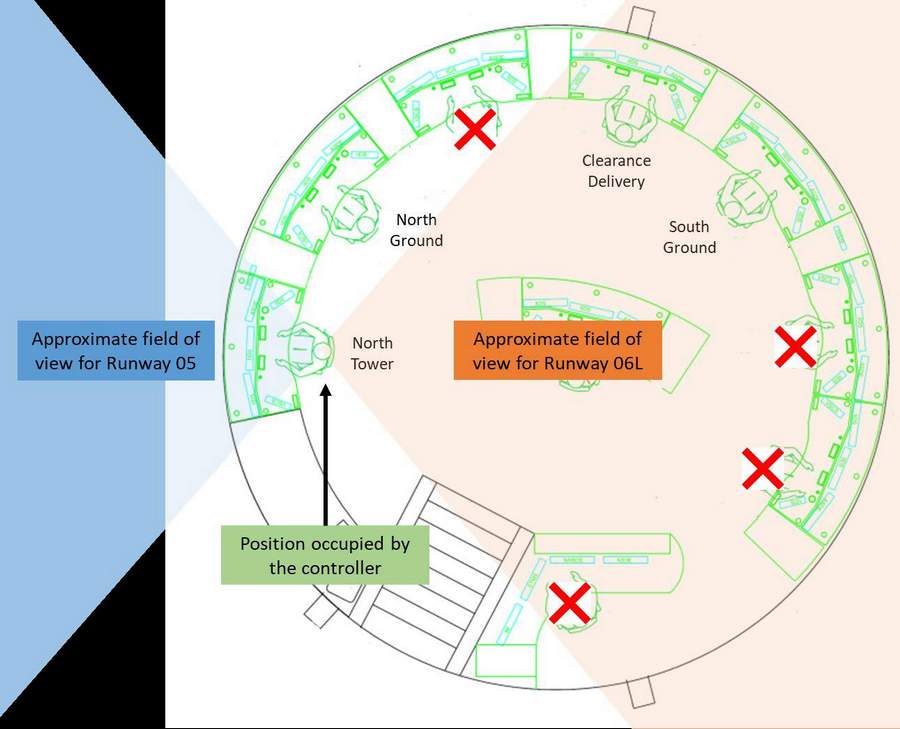
The TSB analysed more factors, in this runway incursion and double takeoff reject incident. A signal from the Embraer’s transponder indicated that the aircraft was airborne as it passed 50 knots. Also, the controller’s position on the tower wasn’t ideal. He had to monitor two runways in opposite directions to his position and had to stand to see both.
For the full TSB incident report, click HERE



